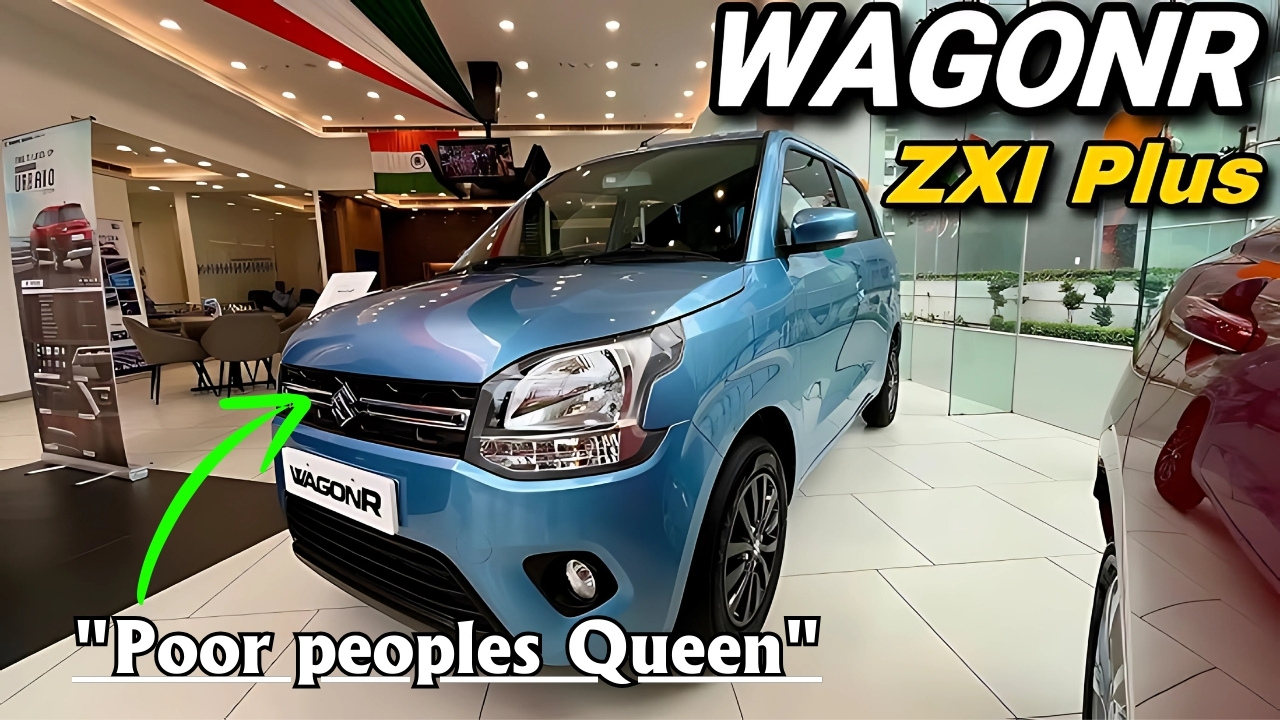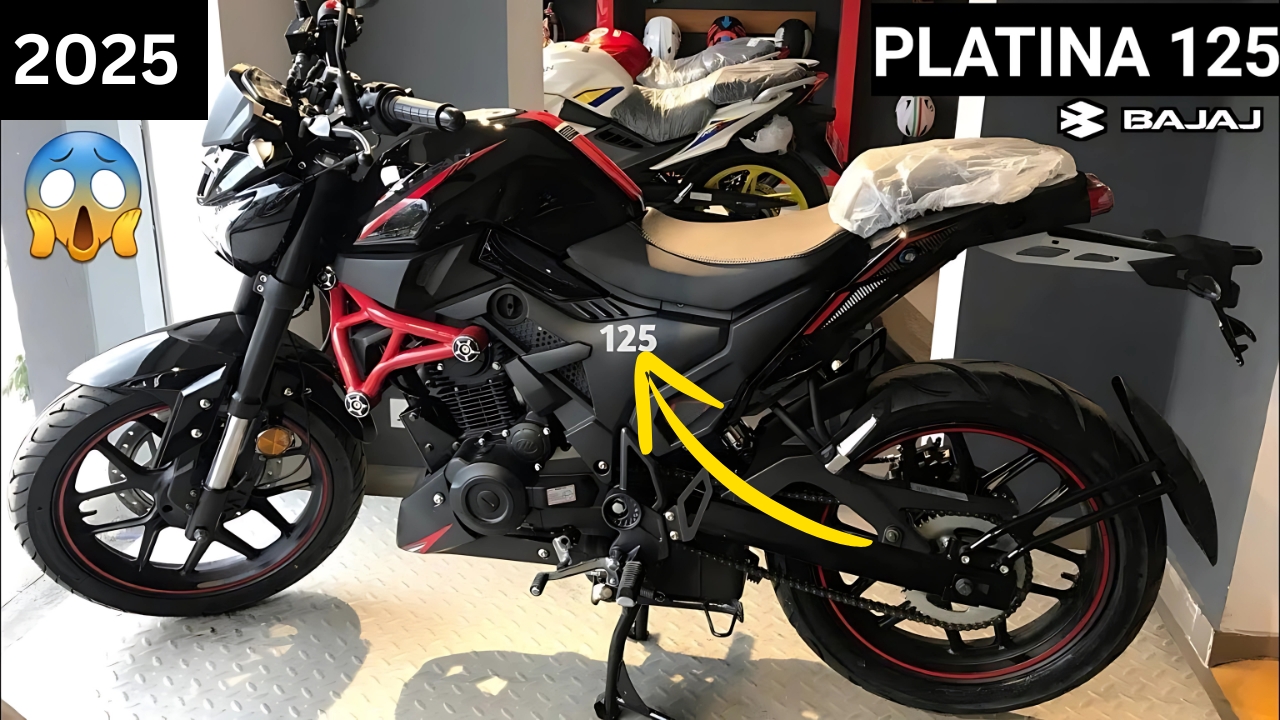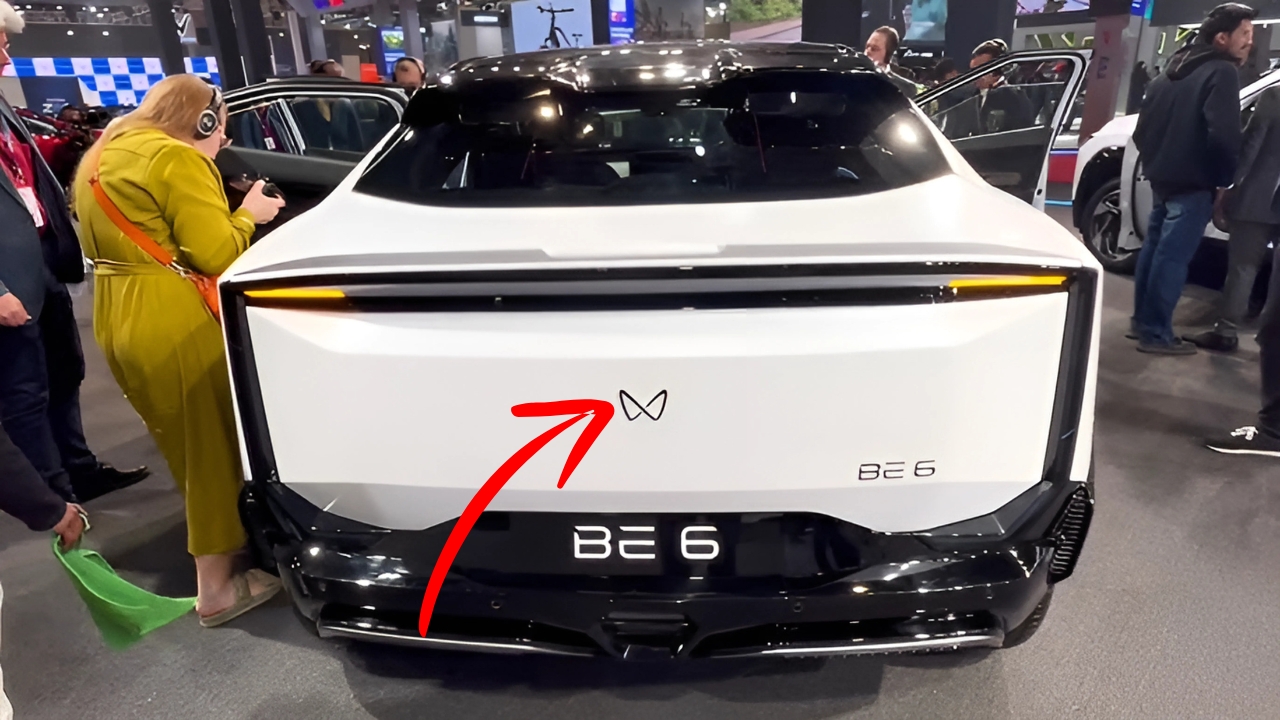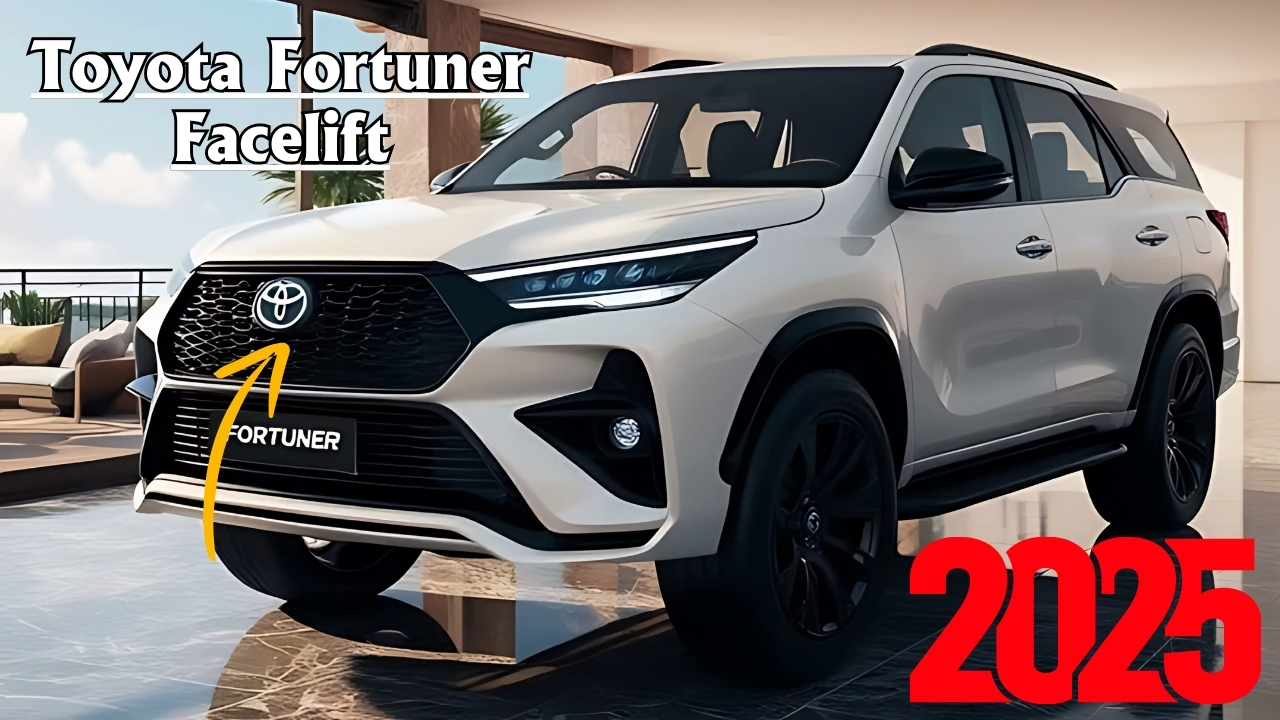Rajdoot 350 : The Indian motorcycle scene is presently suffused with nostalgia and anticipation as the legendary Rajdoot 350 is rumored to make a comeback. Once a symbol that resonated deeply with riders and enthusiasts alike, the prospect of its return ignites passion in both seasoned bikers who reminisce about its glory days and a newer generation eager to discover its legacy.
But are these rumors grounded in reality, or are they merely flights of fancy from a community yearning for a piece of history? Let’s embark on a journey through the tale of the Rajdoot 350, examining its impact and the potential for its resurgence in today’s motorcycle market.
The Rajdoot 350, often referred to as the RD 350, represented more than just a mode of transport; it was a cultural phenomenon that shaped an entire generation of Indian bikers.
Launched in the 1980s when the Indian motorcycling landscape was dominated by austere commuter bikes, this beastly machine was a licensed rendition of the Yamaha RD350B, skillfully tailored for local conditions.
Manufactured by the Escorts Group under the Rajdoot brand, this Japanese marvel quickly transformed from a mere vehicle to a dream machine for speed aficionados, garnering a loyal following throughout the subcontinent.
Boasting a 347cc, two-stroke, air-cooled parallel-twin engine, the Rajdoot 350 provided an exhilarating ride that towered over its peers.
This motorcycle was offered in two distinct variants to suit diverse riding styles: the High Torque (HT) version delivering a commendable 30.5 bhp for the thrill-seeker, and the Low Torque (LT) version, which produced 27 bhp, prioritizing fuel efficiency for everyday riders.
Such power outputs were revolutionary for the Indian market, where most bikes barely scraped half those numbers at the time.
The overall performance, acceleration, and handling of this machine redefined benchmarks that influenced the industry for years to come.
Rajdoot 350: The End of an Era
Despite its legendary status and remarkable capabilities, the Rajdoot 350’s reign was short-lived.
Production wrapped up in 1990, and the final models rolled off showroom floors in 1991. A multitude of factors contributed to its untimely exit from the market, creating a perfect storm that even this iconic motorcycle couldn’t withstand:
-
High fuel consumption in a cost-conscious market: The bike’s insatiable thirst for fuel clashed with a growing consumer focus on fuel efficiency, making it less appealing to cost-sensitive buyers.
-
Expensive spare parts and maintenance: The advanced engineering of the Rajdoot 350 meant that specialized components were prone to high import costs and maintenance issues, a burden for many owners.
-
Lack of trained mechanics for its complex engine: Finding skilled mechanics familiar with its sophisticated two-stroke engine proved difficult, particularly in smaller towns.
-
Stricter emission norms targeting two-stroke engines: Introduction of tighter environmental regulations made it increasingly challenging for two-strokes to comply while maximizing performance.
The end of the Rajdoot 350 left an undeniable void in the Indian motorcycle world that many argue remains unfilled, despite the arrival of other high-performance models over the years.
The bike’s fusion of unbridled power, unique two-stroke essence, and affordability forged a legacy that still sparks debates among enthusiasts today.
Rajdoot 350: Rumors of a Revival
Fast forward to 2025, and speculation about the Rajdoot 350’s revival is rampant online. Various websites and social media platforms have circulated images of what they claim to be the new Rajdoot 350, boasting specifications that seem almost too good to believe.
These alleged announcements promise an astonishing mileage of 80 kmpl alongside a launch price of merely ₹1 lakh, igniting a fire of excitement and speculation within the biking community.
The frenzy surrounding these rumors has left enthusiasts anxiously awaiting any formal confirmation from credible sources.
However, it’s prudent to approach these claims with a critical eye. Here’s why:
The assertions regarding the new model challenge economic and engineering realities, especially considering the current market dynamics and technological restrictions. A combination of high performance and remarkable fuel efficiency at such a low price raises significant skepticism about these rumors.
-
Ownership Issues: The Escorts Group, once a prominent player in manufacturing the Rajdoot 350, halted motorcycle production in 2001. They have since redirected their focus to tractors and auto components, which would make it extraordinarily challenging to reinstate their motorcycle production capabilities. This transition indicates the significant resources needed to revive motorcycle operations, which seem improbable in today’s business environment.
-
Brand Legacy: In contrast to recent successful revivals like Jawa and Yezdi, which maintained cultural relevance, the Rajdoot brand lacks the same widespread recognition among younger riders. The motorcycle has its dedicated loyalists, yet the limited nostalgic connection could deter potential investors and affect market viability.
-
Technological Challenges: Reintroducing a two-stroke engine amid modern environmental mandates presents significant hurdles. Compliance with contemporary emissions standards, like BS6, is increasingly difficult for traditional two-stroke mechanics. A substantial investment in research and development would be necessary to create a new engine meeting performance characteristics while adhering to emission regulations.
-
Market Positioning: The suggested launch price of ₹1 lakh for a 350cc motorcycle is highly unrealistic within the current marketplace. Most established manufacturers offering 350cc models are priced between ₹2-3 lakhs, factoring in advanced technology and compliance with modern regulations. Rising manufacturing costs and expectations for premium performance complicate the feasibility of such a price point.
Rajdoot 350: The Reality Check
The ongoing discussions around the alleged return of the Rajdoot 350 merit careful evaluation. Investigations have exposed that the widely shared images are, in fact, pictures of a generic Chinese cruiser motorcycle.
These visuals have been digitally altered, with “Rajdoot” branding misleadingly layered onto the fuel tank, generating a false impression of an imminent revival.
This revelation underscores how nostalgia can power speculation within the motorcycle community.
The absence of any authentic statements or teasers from legitimate manufacturers regarding a Rajdoot brand revival underlines the questionable nature of these rumors.
Rajdoot 350: The Nostalgia Factor
Although tangible evidence supporting a revival is lacking, the buzz surrounding the Rajdoot 350 highlights the enduring influence it has on motorcycle enthusiasts.
Notably, the recent Auto Expo 2025 illustrated this trend, showcasing Yamaha Motor India’s decision to exhibit the original RD 350 alongside other iconic models like the RX 100, drawing massive crowds.
This significant tribute celebrated four decades of Yamaha’s presence in India and became a major highlight of the expo.
Rather than just a display of vintage bikes, the exhibition created a profound emotional connection for visitors of all ages.
For veterans, it rekindled precious memories, while younger attendees gained insight into a pivotal era in Indian motorcycling.
The showcase demonstrated how Yamaha’s rich history can align with its forward-focused outlook, capitalizing on heritage to enhance brand value in today’s market.
Rajdoot 350: The Current 350cc Landscape
Even while the return of the Rajdoot 350 seems improbable, the present landscape within the 350cc segment in India is vibrant and dynamic. Established names like Royal Enfield continue to capture hearts with models like the Classic and Meteor, while fresh players such as Honda’s H’ness CB350 and Harley-Davidson’s X440 are injecting new ideas into the market.
These contemporary offerings successfully blend retro design with the latest technology, appealing to riders who seek both nostalgia and modern reliability.
Rajdoot 350: Looking to the Future
The motorcycle industry is at a pivotal point, shifting focus toward electric mobility and sustainable transport solutions.
While the traditional Rajdoot 350 in its original two-stroke form may not return, the opportunity for a spiritual successor remains plausible.
This successor could evolve into an electric motorcycle that captures the thrill of the original model while adhering to contemporary environmental standards.
Picture a new-age take on the Rajdoot 350—an electric ride that embodies the performance legacy of its predecessor while meeting modern eco-friendly requirements. Such innovation could rekindle the excitement and passion that the original Rajdoot 350 sparked in riders decades ago, all while leading the way toward a sustainable future in performance motorcycling.
Rajdoot 350: Conclusion
The legacy of the Rajdoot 350 remains a source of fascination for motorcycle aficionados across generations, its resonance extending beyond the years of its production.
While whispers of its comeback might lean more toward fantasy than fact, the mere existence of these discussions and their ongoing presence on social media and motorbike forums highlight the motorcycle’s iconic standing in India’s automotive history.
The passionate debates these rumors ignite, even among younger riders unfamiliar with the original bike, illustrate the Rajdoot’s enduring significance.
For the time being, the Rajdoot 350 exists as a cherished memory, reminding us of an era that celebrated raw power and simplicity. Its notable two-stroke engine note, exhilarating acceleration, and iconic design features are immortalized in the stories relayed among enthusiasts.
These tales, shared across generations of riders, have elevated the motorcycle from a mere machine into a mythical figure. As we gaze toward the future of motorcycling in India, we can only hope that the spirit of innovation and excitement embodied by the Rajdoot 350 will continue to inspire both manufacturers and riders alike, pushing the limits of what is achievable in two-wheeled transport.
Whether or not a new Rajdoot 350 will conquer Indian roads remains uncertain, but its legend thrives in the hearts of those who felt its thrill and in the dreams of those envisioning its possible return.
The motorcycle’s legacy is reflected in the burgeoning community of vintage bike restorers dedicated to preserving existing models, the high prices these refurbished machines can command at auctions, and the admiration with which they are showcased at classic motorcycle exhibitions.
Each preserved Rajdoot 350 stands as a piece of living history, echoing the story of a golden age in Indian motorcycling.
Ultimately, perhaps the true measure of the Rajdoot 350’s influence is its enduring ability to evoke passion and commitment long after it was last produced.
It serves as a reminder that great motorcycles never truly fade away; they evolve from tangible machines into cultural icons that inspire and influence generations to come.






